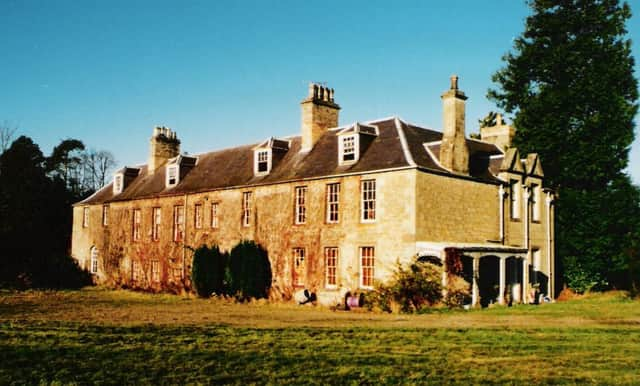Stately home demolished after failing to sell for £1


The B-listed Georgian mansion, Whitehall House at Chirnside in Berwickshire, needed repairs in excess of £1 million and when the owner failed to find a buyer he was given permission to knock the building down.
The sandstone mansion was once the seven-bedroomed residence of notable Scottish families including the Halls of Dunglass and the Mitchell-Inneses, who built nearby Ayton Castle.
Advertisement
Hide AdAdvertisement
Hide AdBut after falling into a state of disrepair, it was put on the market for a sale price of £1, with a clear stipulation that refurbishment of £1.2m would have to be funded.
After no buyers came forward, owner Douglas Pryde, a financial adviser, was given permission by Scottish Borders Council and Historic Scotland to go ahead with demolition.
Mark Douglas, Scottish Borders Council planning officer, said: “The house is no more. Consent was given for its demolition.
“It was a long a difficult case. It was in poor condition. There was no doubt about that. It would be an expensive project. No buyer came forward.”
He added: “We try our best to not lose buildings. We engaged with Historic Scotland and the owner; he did follow the correct procedure. Unfortunately, in spite of trying, it is no more.”
Robert Bargery, director of the Georgian Group charity which campaigns to preserve the heritage of the era, said he was disappointed. He said: “It looks like it could have been restored.”
The house, near Duns, included an arcaded verandah, servants’ quarters in the attic and a walled garden.
Its ornate music room had decorative Italian plasterwork depicting musical instruments and pastoral scenes. The date it was built is unclear but it was recorded on a map of the area in 1771.
Advertisement
Hide AdAdvertisement
Hide AdEdward Seymour, of estate agents Edwin Thompson, said: “There was an awful lot of interest. We had inquiries from as far afield as India. No offer was made for it.”
Liz Fuller, a buildings-at-risk officer from Save Britain’s Heritage said: “We are always saddened to hear of the loss of a historic building which could have found a new use.
“We have seen many examples of buildings with character, even in an advanced state of decay, being rescued and given new life by new owners with the vision and commitment to see this kind of project through.” Neil Baxter, secretary of the Royal Incorporation of Architects in Scotland, said: “It went through due process in terms of all the permissions.”
A spokesman for Historic Scotland said: “We worked closely with Scottish Borders Council to ensure all avenues were examined to retain Whitehall House, which included an additional marketing campaign aimed at restoring purchasers.
“It was only after no offers were received during this process that we agreed that the Scottish Historic Environment Policy test for demolition had been met.”